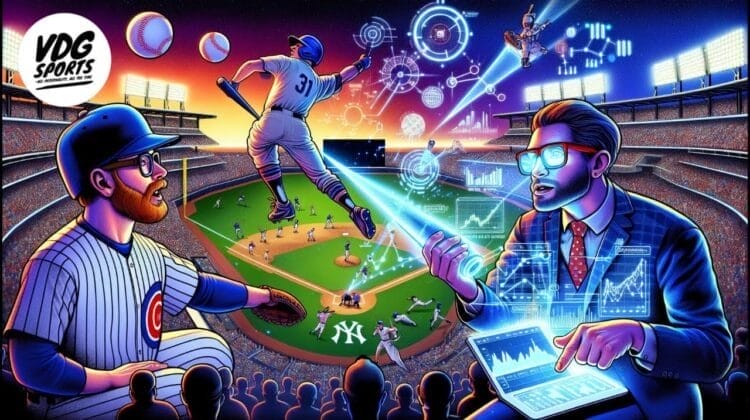MLB captivating nerds: Why the Nerd Invasion Is the Best Thing for Baseball
I’m Vince Douglas Gregory — and I’m here to make the case: MLB captivating nerds isn’t a threat to tradition, it’s baseball’s next evolution. Some of the big-brain geniuses were right — leaning into the numbers, the data, and the statistics is how we grow the game. Now the challenge is simple: explain the numbers so the everyday fan gets hooked.
Table of Contents
- Why data matters
- Make stats relatable — that’s the real opportunity
- Storytellers: the glue between data and fandom
- Small rule changes won’t fix everything — but combined with nerd culture, they help
- Conclusion and key takeaways
Why data matters
Numbers don’t replace passion; they amplify it. Advanced metrics help you see patterns you couldn’t feel from the stands. They answer questions fans have always had in the back of their mind: Why did that pitcher struggle the third time through the lineup? What happens in high-leverage moments? Data gives context that turns a single play into a narrative.
They are correct about leaning into the numbers and the data and the statistics.
Make stats relatable — that’s the real opportunity
Most fans zone out when you throw raw stats at them. The trick is translating metrics into everyday comparisons and stories. Say a pitcher is “times through the order” — relate it to a runner getting tired on a lap. Explain wRC+ like comparing fuel efficiency across cars. When metrics connect to daily life, interest spikes and perception changes from “boring” to “fascinating.”
Practical ways to make data digestible
- Use simple analogies: turn OPS or spin rate into relatable terms.
- Show visual snapshots during broadcasts — one graphic, one idea at a time.
- Create short explainer segments on radio and TV: two minutes that teach one stat.
- Make data available across platforms — stadium scoreboards, apps, social media clips.
Storytellers: the glue between data and fandom
Having a great storyteller in the booth or on the mic is critical. Broadcast talent should weave stats into the emotional peaks of a game, not bury them in a spreadsheet. Tell the story of a hitter’s adjustments, a pitcher’s chess match, or a manager’s gamble — supported by numbers that back up the narrative.
Storytellers make time fly. A long game isn’t a problem if you’re lost in the tale: the highs, the lows, the micro-battles inside each inning. Different voices will tell the same game in different ways — and that’s a strength, not a weakness.
Small rule changes won’t fix everything — but combined with nerd culture, they help
Adjustments around the edges are useful, but the bigger win comes from perspective: how do we present this special game so it gets the recognition it deserves? The answer is multi-pronged — data, storytelling, and accessibility across radio, TV, and in-stadium experiences.
Conclusion and key takeaways
MLB captivating nerds isn’t a takeover to fear — it’s a takeover to embrace. Make the data understandable. Deploy storytellers who can humanize metrics. Put the numbers where fans can consume them easily. Do that, and you’ll turn skeptics into believers.
Final thought: I don’t want a cent — just let the nerd takeover complete itself. When data and narrative work together, baseball becomes richer, deeper, and more exciting for everyone.

